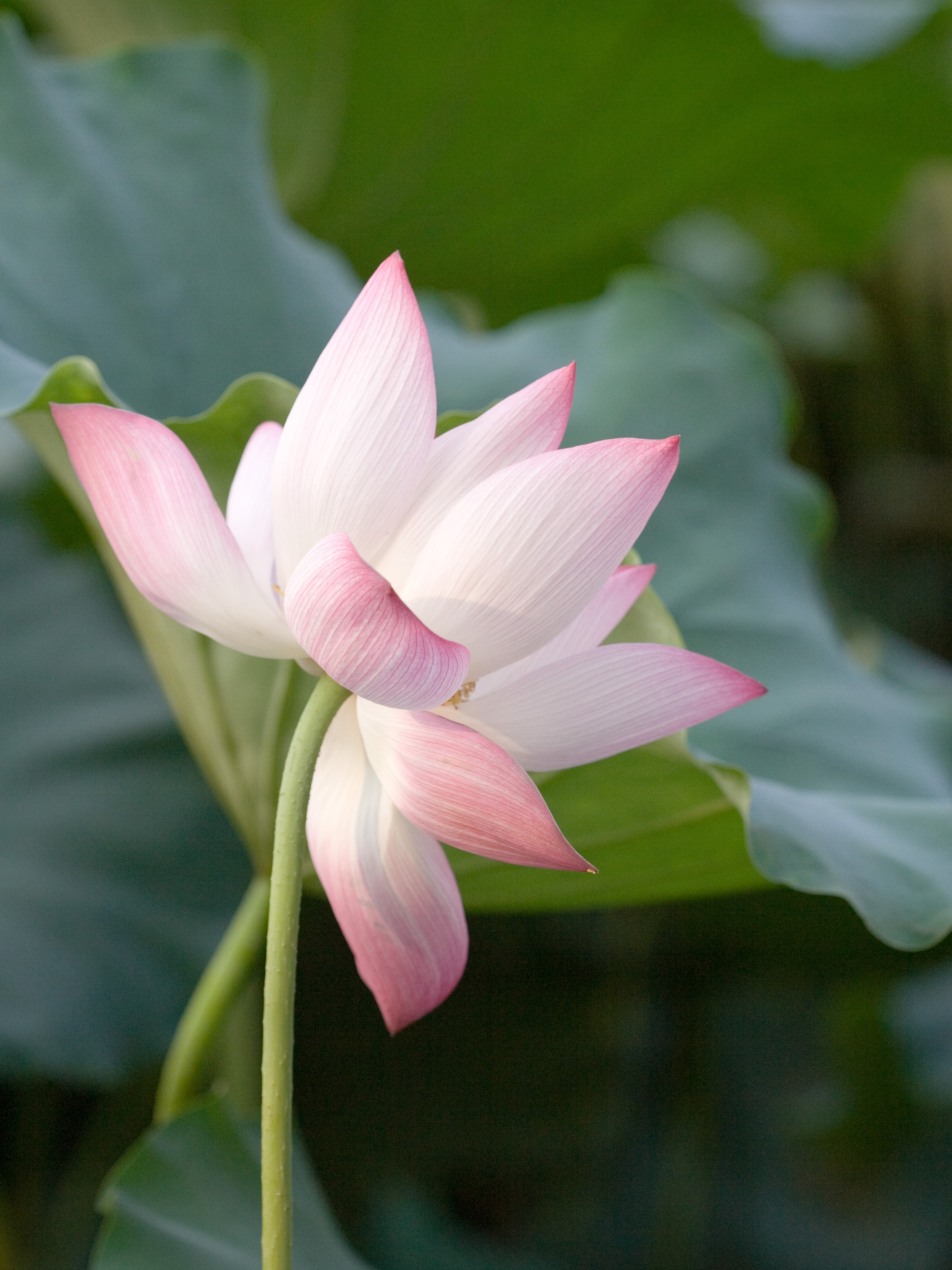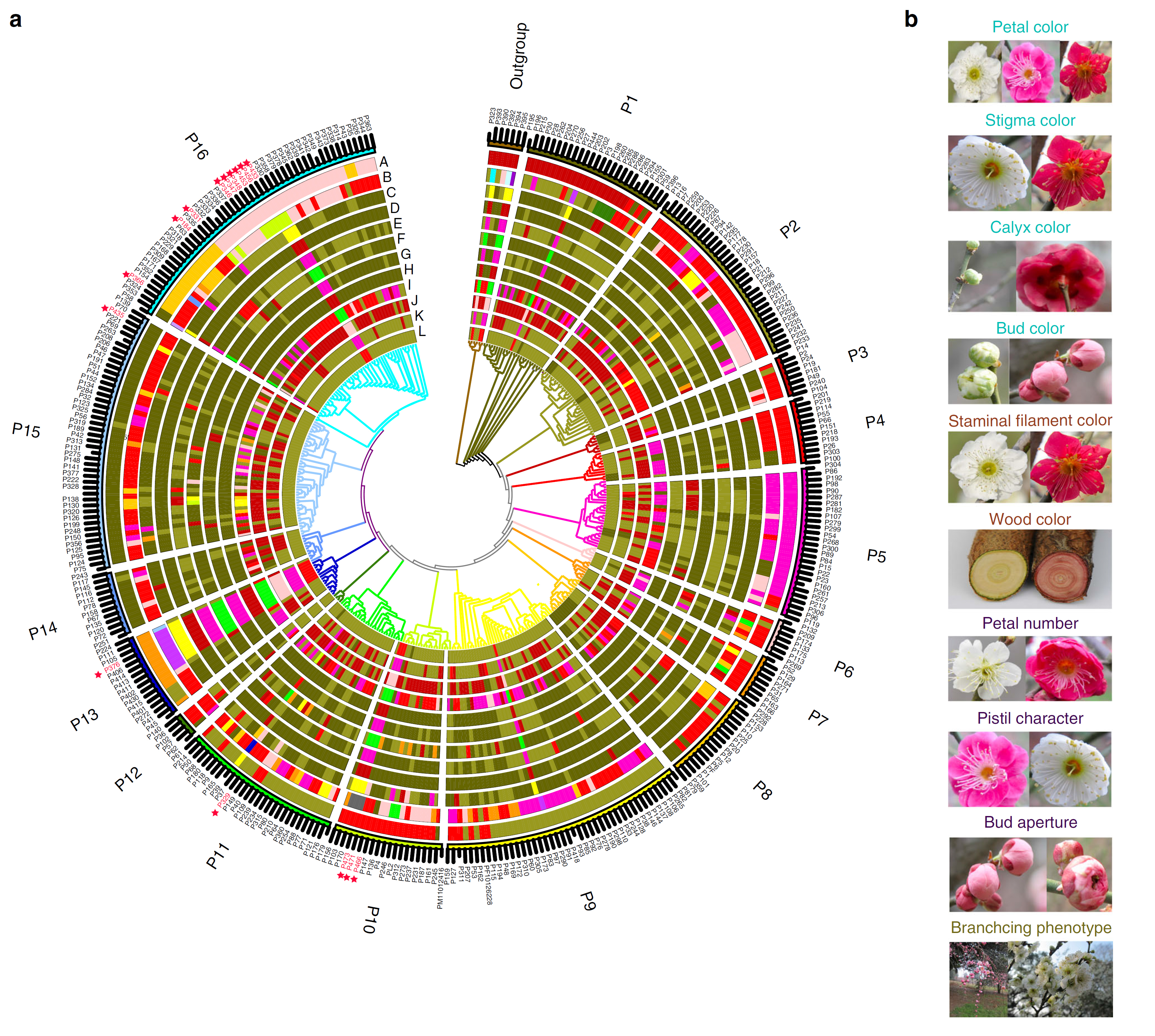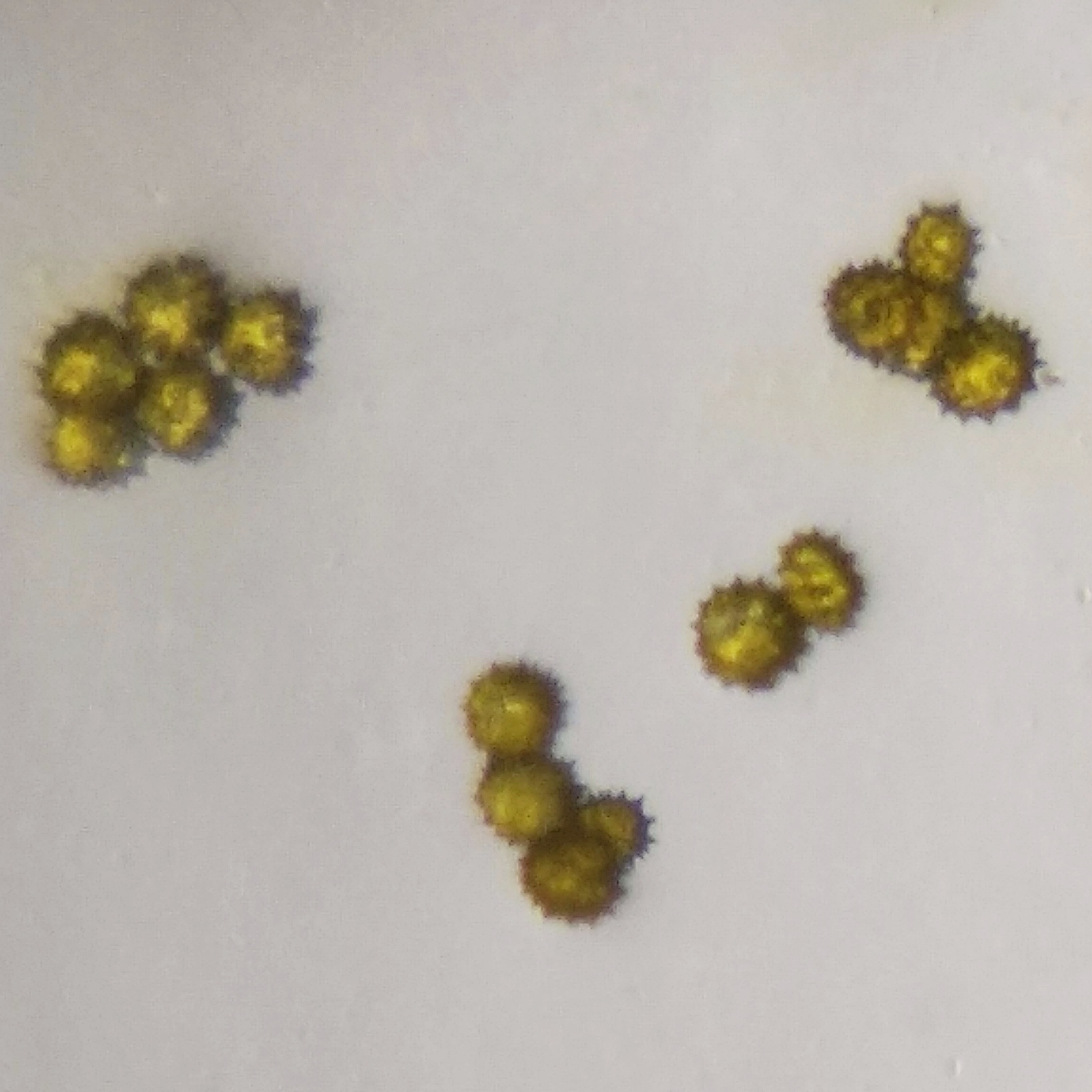|
Flowers Of The Four Seasons
The Flowers of the Four Seasons ( zh, 四季名花, ''Sìjì Mínghuā''; vi, Tứ quý danh hoa) are a group of flowers found in Chinese and other East Asian (such as Vietnamese) art and culture which represent the four seasons, consisting of: * (春兰) Chūnlán - Spring Orchid, * (夏荷) Xiahé - Summer Lotus, * (秋菊) Qiūjú - Autumn Chrysanthemum, * and (冬梅) Dōngméi - Winter plum blossom. They contain three of the elements of the Four Gentlemen. Gallery File:Ciruelo en flor.jpg, Plum blossoms (contemporary) File:Orchid - Hu Zhengyan.PNG, Orchid - Hu Zhengyan (1633) File:Xian'e Changchun Album 08.jpg, '' Chrysanthemums'' from the Xian'e Changchun Album by Giuseppe Castiglione (1688-1766) File:Elegance of Lotus Looking from Heaven.jpg, "Elegance of Lotus Looking from Heaven" (contemporary) See also * Flower emblems in China * Flower emblems in Vietnam *Three Friends of Winter *List of Chinese symbols, designs, and art motifs A list of Chinese symbols, de ... [...More Info...] [...Related Items...] OR: [Wikipedia] [Google] [Baidu] |
Orchids
Orchids are plants that belong to the family Orchidaceae (), a diverse and widespread group of flowering plants with blooms that are often colourful and fragrant. Along with the Asteraceae, they are one of the two largest families of flowering plants. The Orchidaceae have about 28,000 currently accepted species, distributed in about 763 genera. (See ''External links'' below). The determination of which family is larger is still under debate, because verified data on the members of such enormous families are continually in flux. Regardless, the number of orchid species is nearly equal to the number of bony fishes, more than twice the number of bird species, and about four times the number of mammal species. The family encompasses about 6–11% of all species of seed plants. The largest genera are ''Bulbophyllum'' (2,000 species), ''Epidendrum'' (1,500 species), ''Dendrobium'' (1,400 species) and ''Pleurothallis'' (1,000 species). It also includes ''Vanilla'' (the genus of the ... [...More Info...] [...Related Items...] OR: [Wikipedia] [Google] [Baidu] |
Nelumbo Nucifera
''Nelumbo nucifera'', also known as sacred lotus, Laxmi lotus, Indian lotus, or simply lotus, is one of two extant species of aquatic plant in the family Nelumbonaceae. It is sometimes colloquially called a water lily, though this more often refers to members of the family Nymphaeaceae. Lotus plants are adapted to grow in the flood plains of slow-moving rivers and delta areas. Stands of lotus drop hundreds of thousands of seeds every year to the bottom of the pond. While some sprout immediately, and most are eaten by wildlife, the remaining seeds can remain dormant for an extensive period of time as the pond silts in and dries out. During flood conditions, sediments containing these seeds are broken open, and the dormant seeds rehydrate and begin a new lotus colony. Under favorable circumstances, the seeds of this aquatic perennial may remain viable for many years, with the oldest recorded lotus germination being from seeds 1,300 years old recovered from a dry lakebed in n ... [...More Info...] [...Related Items...] OR: [Wikipedia] [Google] [Baidu] |
Chrysanthemum
Chrysanthemums (), sometimes called mums or chrysanths, are flowering plants of the genus ''Chrysanthemum'' in the family Asteraceae. They are native to East Asia and northeastern Europe. Most species originate from East Asia and the center of diversity is in China.Liu, P. L., et al. (2012)Phylogeny of the genus ''Chrysanthemum'' L.: Evidence from single-copy nuclear gene and chloroplast DNA sequences.''PLOS One'' 7(11), e48970. . Countless horticultural varieties and cultivars exist. Description The genus ''Chrysanthemum'' are perennial herbaceous flowering plants, sometimes subshrubs. The leaves are alternate, divided into leaflets and may be pinnatisect, lobed, or serrate (toothed) but rarely entire. The compound inflorescence is an array of several flower heads, or sometimes a solitary head. The head has a base covered in layers of phyllaries. The simple row of ray florets is white, yellow, or red. The disc florets are yellow. Pollen grains are approximately 34 mic ... [...More Info...] [...Related Items...] OR: [Wikipedia] [Google] [Baidu] |
Prunus Mume
''Prunus mume'' is an East Asian and Southeast Asian tree species classified in the ''Armeniaca'' section of the genus ''Prunus'' subgenus ''Prunus''. Its common names include Chinese plum, Japanese plum, and Japanese apricot. The flower, long a beloved subject in the traditional painting and poetry of East Asia and Vietnam, is usually called plum blossom. This distinct tree species is related to both the plum and apricot trees. Although generally referred to as a plum in English, it is more closely related to the apricot. In East Asian cuisine (Chinese, Japanese and Korean) and Vietnamese cuisine, the fruit of the tree is used in juices, as a flavouring for alcohol, as a pickle and in sauces. It is also used in traditional medicine. The tree's flowering in late winter and early spring is highly regarded as a seasonal symbol. ''Prunus mume'' should not be confused with ''Prunus salicina'', a related species also grown in China, Japan, Korea and Vietnam. Another tree, ''Prunus ... [...More Info...] [...Related Items...] OR: [Wikipedia] [Google] [Baidu] |
Four Gentlemen
In Chinese art, the Four Gentlemen or Four Noble Ones (), literally meaning "Four Junzi", is a collective term referring to four plants: the plum blossom, the orchid, the bamboo, and the chrysanthemum. The term compares the four plants to Confucian ''junzi'', or "gentlemen". They are most typically depicted in traditional ink and wash painting and they belong to the category of bird-and-flower painting in Chinese art. In line with the wide use of nature as imagery in literary and artistic creation, the Four Gentlemen are a recurring theme for their symbolism of uprightness, purity, humility, perseverance against harsh conditions, among other virtues valued in the Chinese traditions. The Four Gentlemen have been used in Chinese painting since the time of the Song dynasty (960–1279) because of their refined beauty, and were later adopted elsewhere in East Asia by artists in Korea, Japan, and Vietnam. As they represent the four seasons (the plum blossom for winter, the orchid f ... [...More Info...] [...Related Items...] OR: [Wikipedia] [Google] [Baidu] |
Chrysanthemums
Chrysanthemums (), sometimes called mums or chrysanths, are flowering plants of the genus ''Chrysanthemum'' in the family Asteraceae. They are native to East Asia and northeastern Europe. Most species originate from East Asia and the center of diversity is in China.Liu, P. L., et al. (2012)Phylogeny of the genus ''Chrysanthemum'' L.: Evidence from single-copy nuclear gene and chloroplast DNA sequences.''PLOS One'' 7(11), e48970. . Countless horticultural varieties and cultivars exist. Description The genus ''Chrysanthemum'' are perennial herbaceous flowering plants, sometimes subshrubs. The leaves are alternate, divided into leaflets and may be pinnatisect, lobed, or serrate (toothed) but rarely entire. The compound inflorescence is an array of several flower heads, or sometimes a solitary head. The head has a base covered in layers of phyllaries. The simple row of ray florets is white, yellow, or red. The disc florets are yellow. Pollen grains are approximately 34 micr ... [...More Info...] [...Related Items...] OR: [Wikipedia] [Google] [Baidu] |
Floral Emblem
In a number of countries, plants have been chosen as symbols to represent specific geographic areas. Some countries have a country-wide floral emblem; others in addition have symbols representing subdivisions. Different processes have been used to adopt these symbols – some are conferred by government bodies, whereas others are the result of informal public polls. The term floral emblem, which refers to flowers specifically, is primarily used in Australia and Canada. In the United States, the term state flower is more often used. National plants Africa Mauritius The national flower of Mauritius is '' Trochetia boutoniana''. Seychelles The national flower of the Seychelles is the tropicbird orchid (known locally as ''orkid payanke''), '' Angraecum eburneum''. South Africa The national flower of South Africa is the King Protea, ''Protea cynaroides''. Tunisia The national flower of Tunisia is jasmine. It was chosen as a symbol for the 2010 Tunisian Revolution. Asia Ban ... [...More Info...] [...Related Items...] OR: [Wikipedia] [Google] [Baidu] |
Three Friends Of Winter
The Three Friends of Winter is an art motif that comprises the pine, bamboo, and plum. . The Chinese celebrated the pine, bamboo and plum together, as they observed that these plants do not wither as the cold days deepen into the winter season unlike many other plants. Known by the Chinese as the ''Three Friends of Winter'', they later entered the conventions of East Asian culture and Vietnamese culture. Together they symbolize steadfastness, perseverance, and resilience. They are highly regarded in Confucianism and as such represent the scholar-gentleman's ideal. History The Three Friends of Winter are common in works of art from Chinese culture and those cultures influenced by it. The three are first recorded as appearing together in a ninth-century poem by the poet Zhu Qingyu () of the Tang dynasty. The Southern Song dynasty artist Zhao Mengjian (, c. 1199–1264), among others of the time, made this grouping popular in painting. The actual term "Three Friends of Winter" ca ... [...More Info...] [...Related Items...] OR: [Wikipedia] [Google] [Baidu] |
List Of Chinese Symbols, Designs, And Art Motifs
A list of Chinese symbols, designs, and art motifs, including decorative ornaments, patterns, auspicious symbols, and iconography elements, used in Chinese visual arts, sorted in different theme categories. Chinese symbols and motifs are more than decorative designs as they also hold symbolic but hidden meanings which have been used and understood by the Chinese people for thousand of years; they often influenced by nature, which include the fauna, the flora, landscape, and clouds. Chinese symbols often have auspicious meanings associated to them, such as good fortune, happiness, and also represent what would be considered as human virtues, such as filial piety, loyalty, and wisdom, and can even convey the desires or wishes of the Chinese people to experience the good things in life. There are also special symbols in Chinese arts, such as the qilin, and the Chinese dragon. According to Chinese beliefs, being surrounding by objects which are decorated with such auspicious symbo ... [...More Info...] [...Related Items...] OR: [Wikipedia] [Google] [Baidu] |
Chinese Culture
Chinese culture () is one of the world's oldest cultures, originating thousands of years ago. The culture prevails across a large geographical region in East Asia and is extremely diverse and varying, with customs and traditions varying greatly between Province (China), provinces, Cities of China, cities, and even towns as well. The terms 'China' and the geographical landmass of 'China' have shifted across the centuries, with the last name being the Qing dynasty, Great Qing before the name 'China' became commonplace in modernity. Chinese civilization is historically considered a dominant culture of East Asia. With China being one of the Cradle of civilization#Ancient China, earliest ancient civilizations, Chinese culture exerts profound influence on the philosophy, virtue, etiquette, and traditions of Asia. Chinese characters, Chinese ceramics, ceramics, Chinese architecture, architecture, Chinese music, music, History of Chinese dance, dance, Chinese literature, literature, ... [...More Info...] [...Related Items...] OR: [Wikipedia] [Google] [Baidu] |
Chinese Iconography
Chinese can refer to: * Something related to China * Chinese people, people of Chinese nationality, citizenship, and/or ethnicity **''Zhonghua minzu'', the supra-ethnic concept of the Chinese nation ** List of ethnic groups in China, people of various ethnicities in contemporary China ** Han Chinese, the largest ethnic group in the world and the majority ethnic group in Mainland China, Hong Kong, Macau, Taiwan, and Singapore ** Ethnic minorities in China, people of non-Han Chinese ethnicities in modern China ** Ethnic groups in Chinese history, people of various ethnicities in historical China ** Chinese nationality law, Nationals of the People's Republic of China ** Taiwanese nationality law, Nationals of the Republic of China ** Overseas Chinese, Chinese people residing outside the territories of Mainland China, Hong Kong, Macau, and Taiwan * Sinitic languages, the major branch of the Sino-Tibetan language family ** Chinese language, a group of related languages spoken predomina ... [...More Info...] [...Related Items...] OR: [Wikipedia] [Google] [Baidu] |
Chinese Painting
Chinese painting () is one of the oldest continuous artistic traditions in the world. Painting in the traditional style is known today in Chinese as ''guó huà'' (), meaning "national painting" or "native painting", as opposed to Western styles of art which became popular in China in the 20th century. It is also called ''danqing'' (). Traditional painting involves essentially the same techniques as calligraphy and is done with a brush dipped in black ink or coloured pigments; oils are not used. As with calligraphy, the most popular materials on which paintings are made are paper and silk. The finished work can be mounted on scrolls, such as hanging scrolls or handscrolls. Traditional painting can also be done on album sheets, walls, lacquerware, folding screens, and other media. The two main techniques in Chinese painting are: * Gongbi (工筆), meaning "meticulous", uses highly detailed brushstrokes that delimit details very precisely. It is often highly colored and usual ... [...More Info...] [...Related Items...] OR: [Wikipedia] [Google] [Baidu] |







